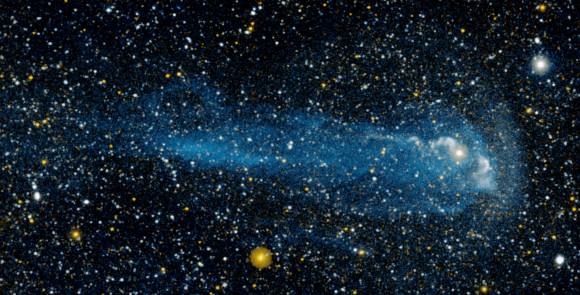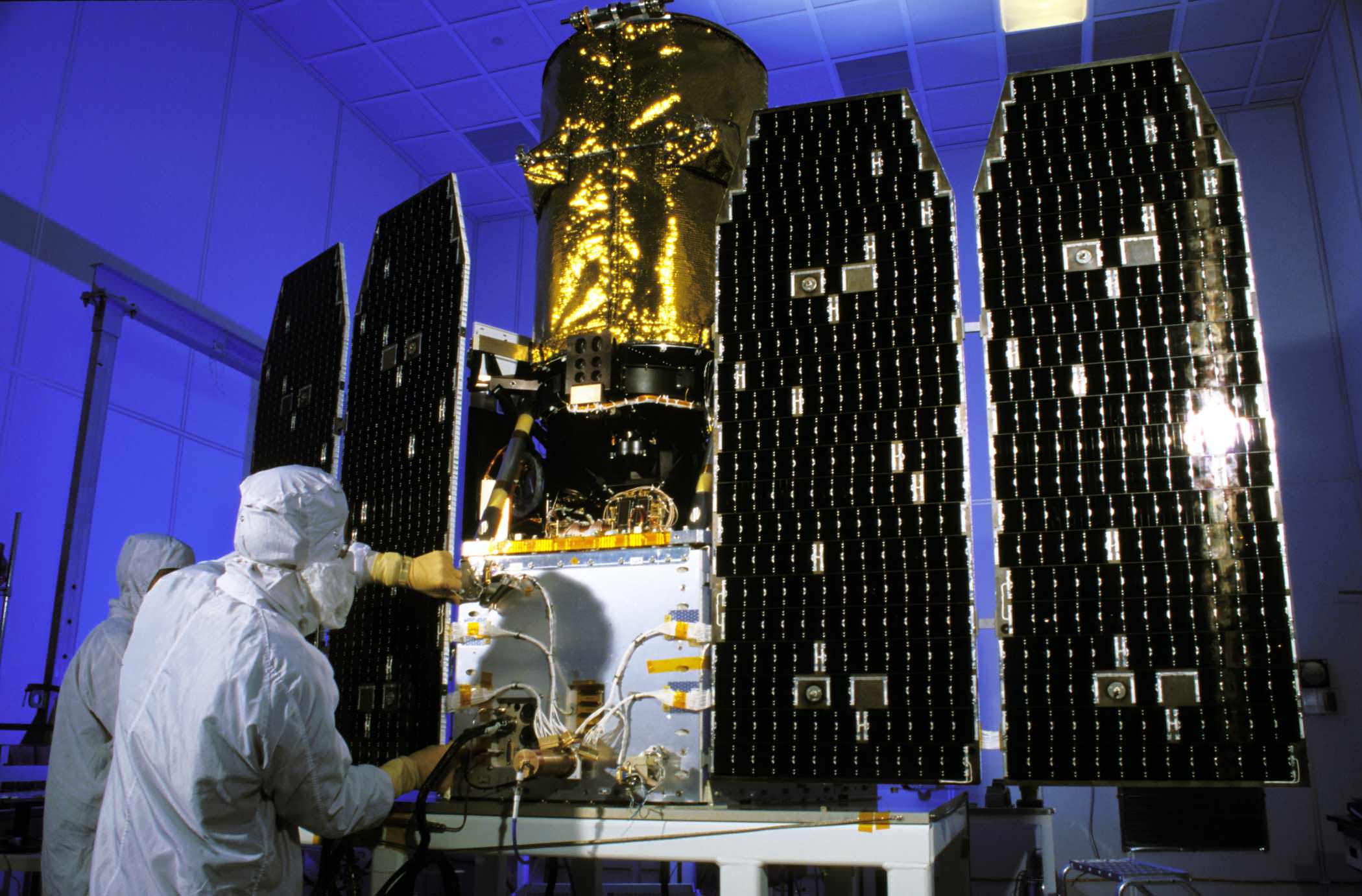[/caption]
A mission which helped map the ultraviolet sky and worked to confirm the nature of dark energy is coming to an end. Galaxy Evolution Explorer, or GALEX, was placed in standby mode today after nearly nine years of service and will be decommissioned later this year. With data from the mission, scientists were able to catalog millions of galaxies spanning 10 billion years of cosmic time.
The Galaxy Evolution Explorer launched in April of 2003 on board a Pegasus XL rocket. It completed its prime mission in the fall of 2007, but the mission was extended to continue its census of stars and galaxies.

Other mission highlights include the discovery of a gigantic comet-like tail behind a speeding star, finding rings of new stars around old galaxies, exploring “teenager” galaxies, which help to explain how galaxies evolve, and catching a black hole devouring a star.
The mission was part of NASA’s Explorer’s program and was built and managed by the Jet Propulsion Laboratory. Scientists from around the world participated in GALEX studies.
For a complete list of discoveries by GALEX, see this JPL webpage.


GALEX indicated dark energy is not something local to galaxies, but is homogenously distributed throughout the universe.
LC
NASA’s Galaxy Evolution Explorer Helps Confirm Nature of Dark Energy.